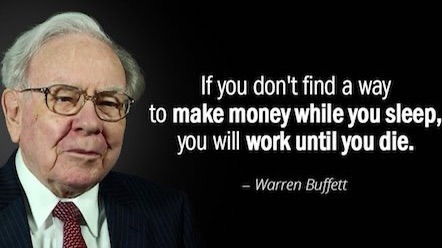
Cellvin
No personal profile
10Follow
4Followers
0Topic
0Badge
Oh no
Electric vehicle maker Lucid Group fell nearly 5% in premarket trading
Yes
Sorry, the original content has been removed
Yeap
Sorry, the original content has been removed
Wow
This Unloved Tech Stock Could Make You Rich One Day
Wow
Sorry, the original content has been removed
$Tattooed Chef, Inc(TTCF)$[Spurting]
$Alibaba(BABA)$When everyone think short, cut lose, why not is time we should buy it.. panic sell pressure due to China regulations..Does really China government will make Alibaba bankrupt? What you think?[Doubt]
Wow
Sorry, the original content has been removed
Lol
Sorry, the original content has been removed
Good
Sorry, the original content has been removed
Really?
Is IBM Stock Undervalued Or Overvalued? What To Consider
[Cool]
Wall Street ends higher, powered by strong earnings, economic cheer
Great
Here Is The One-Word Reason Why JPMorgan Just Raised Its S&P Target To 4,600
[What]
Gold Up, Boosted by Ongoing COVID-19 Worries
[Angry]
Sorry, the original content has been removed
$Alibaba(BABA)$[Smug]
[Miser]
Sorry, the original content has been removed
$Tattooed Chef, Inc(TTCF)$[Happy]
Trap
The Meme Stock Trade Is Far From Over. What Investors Need to Know.
Go to Tiger App to see more news